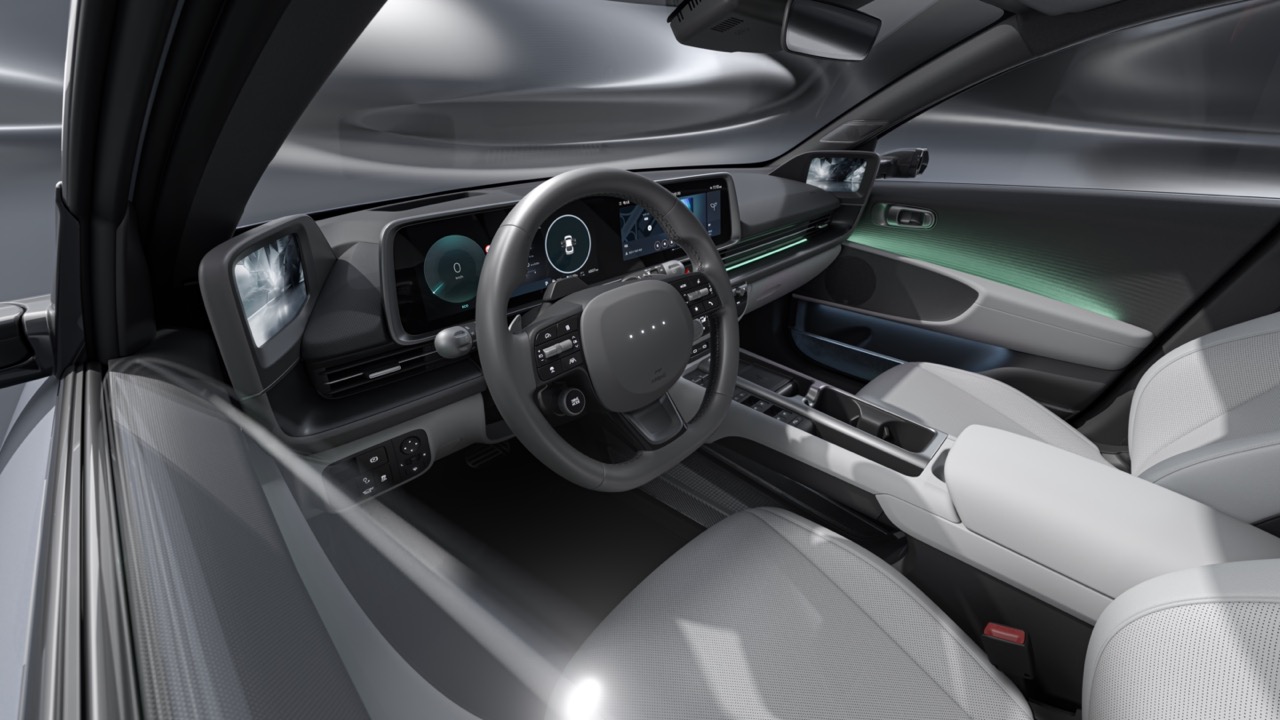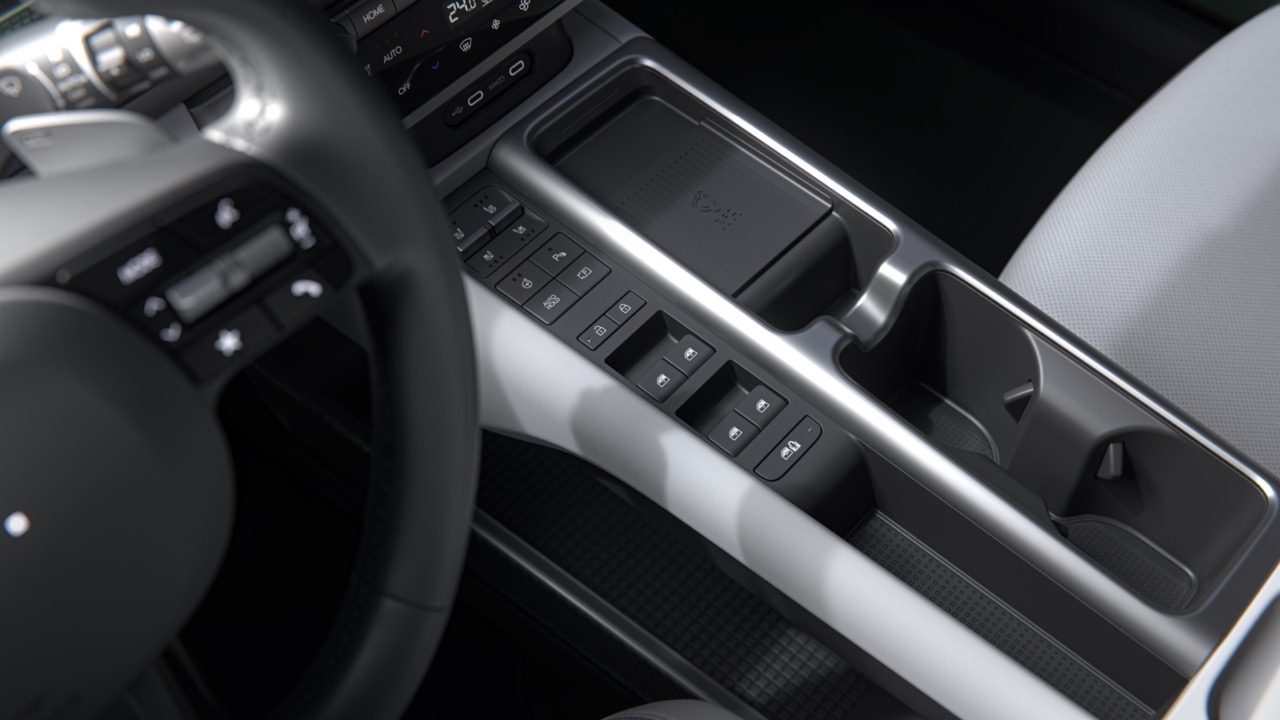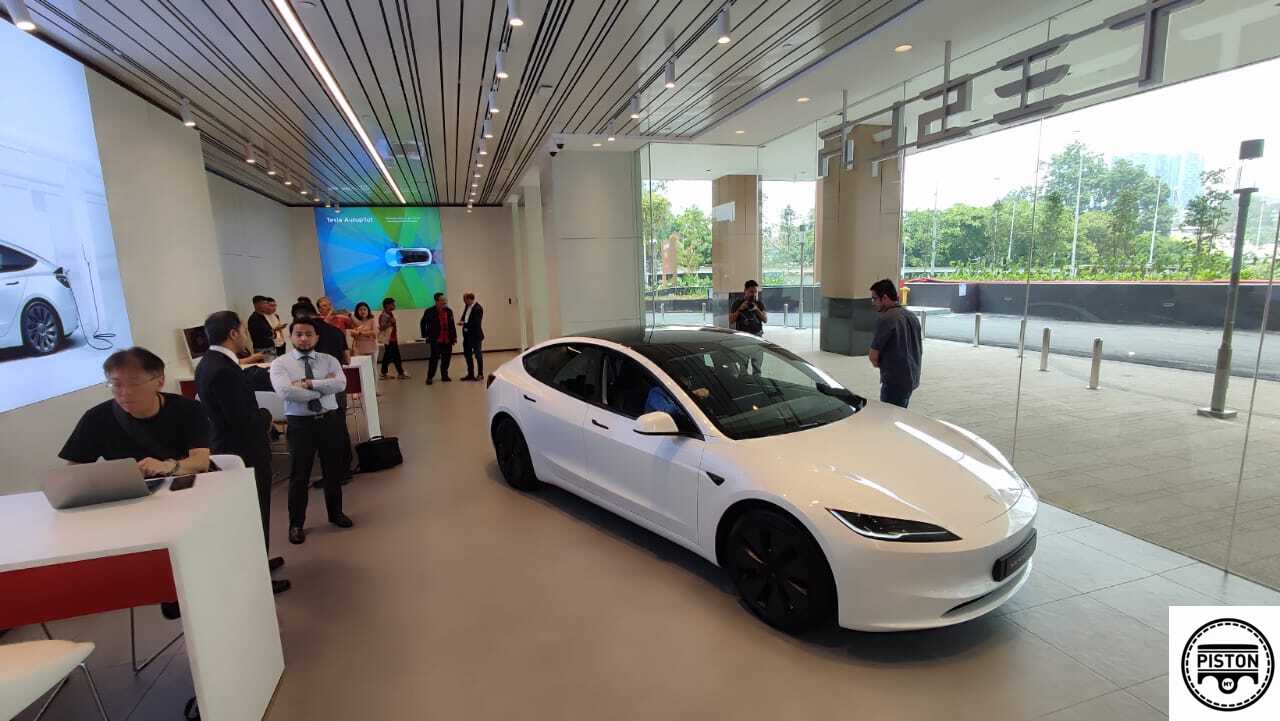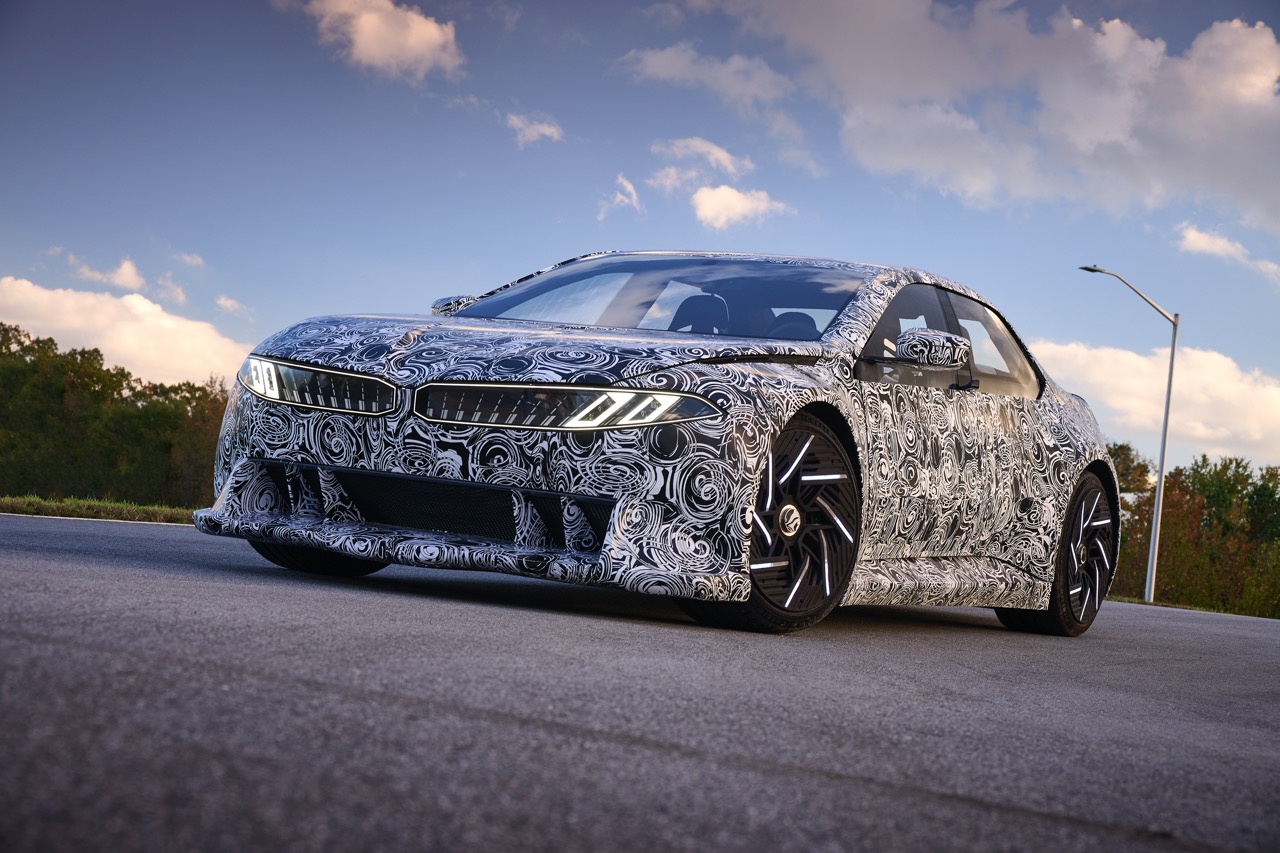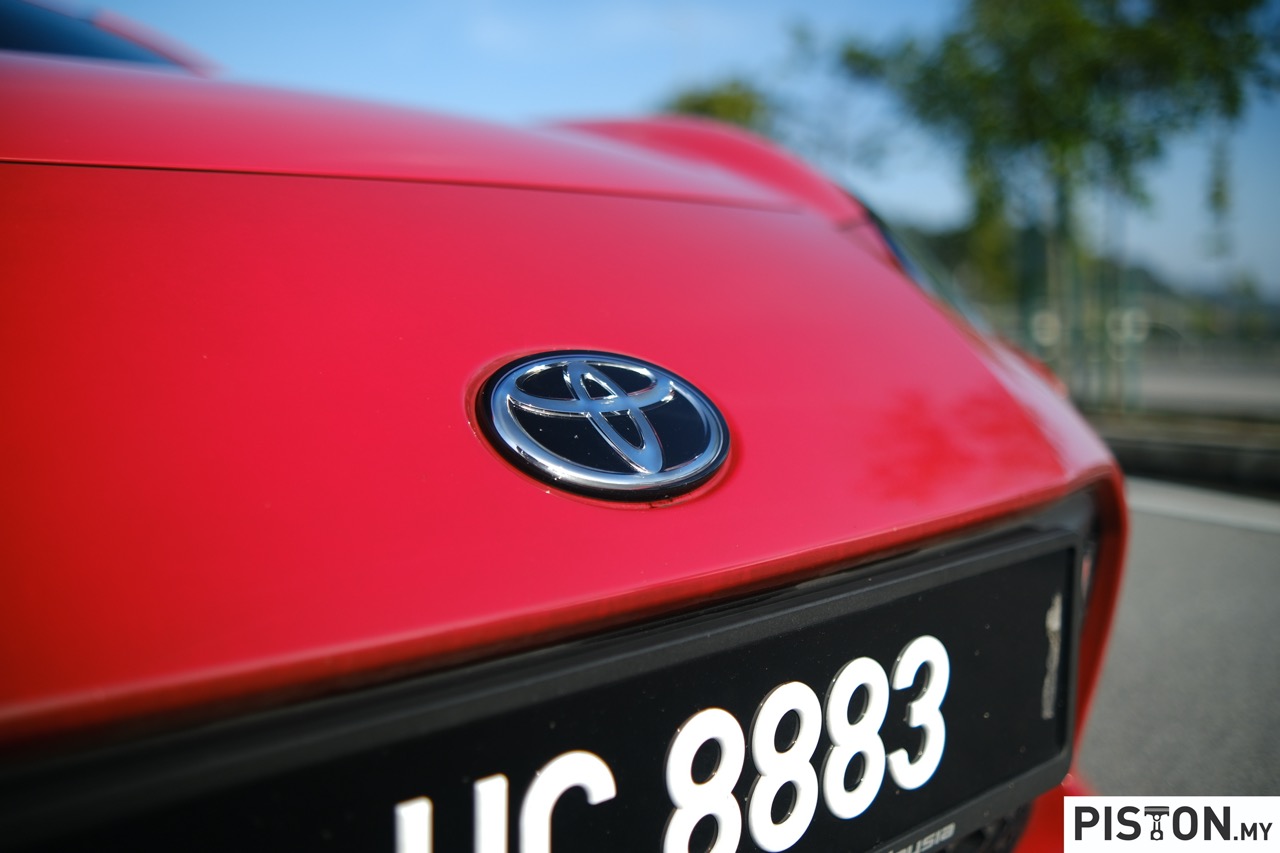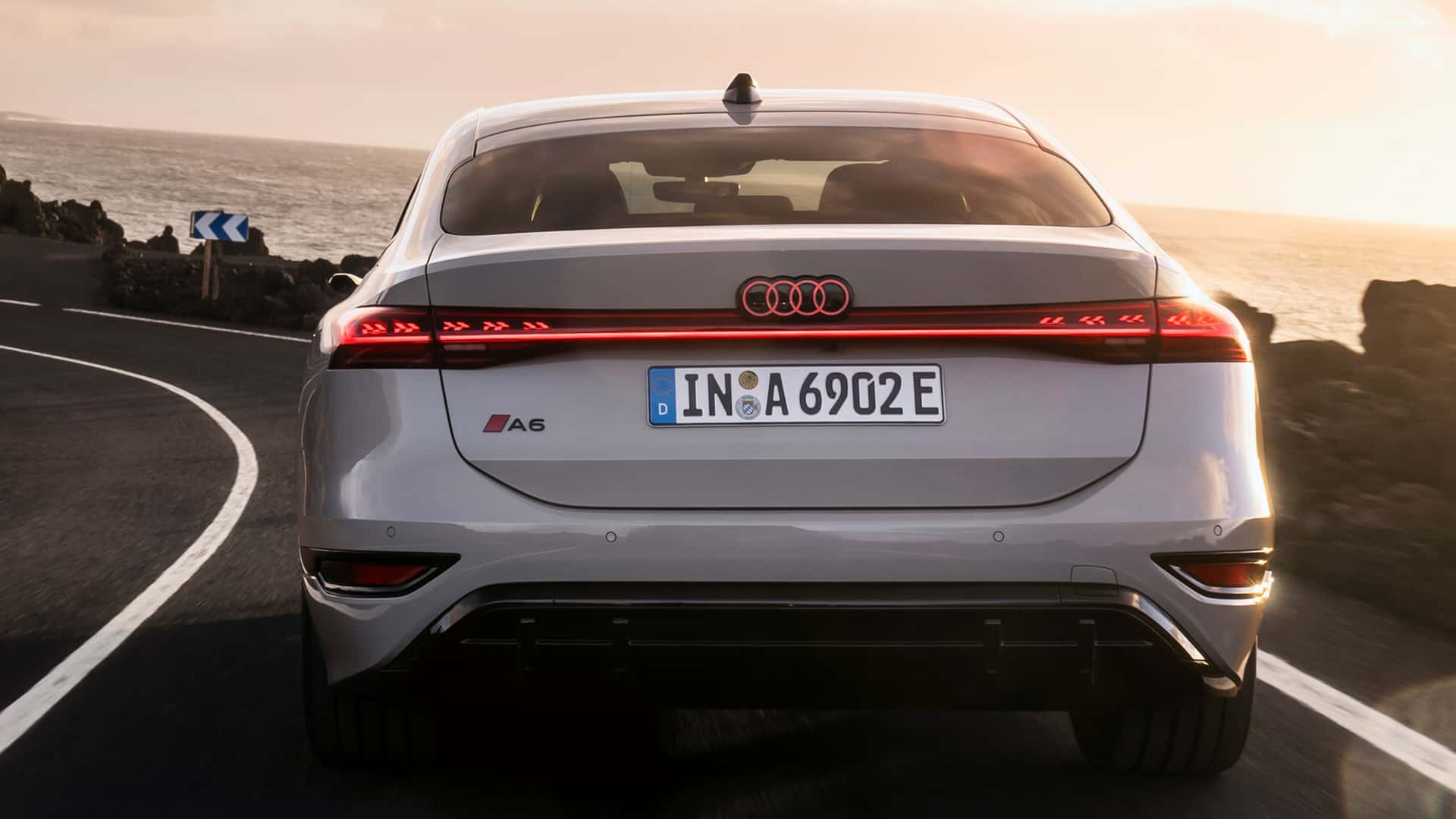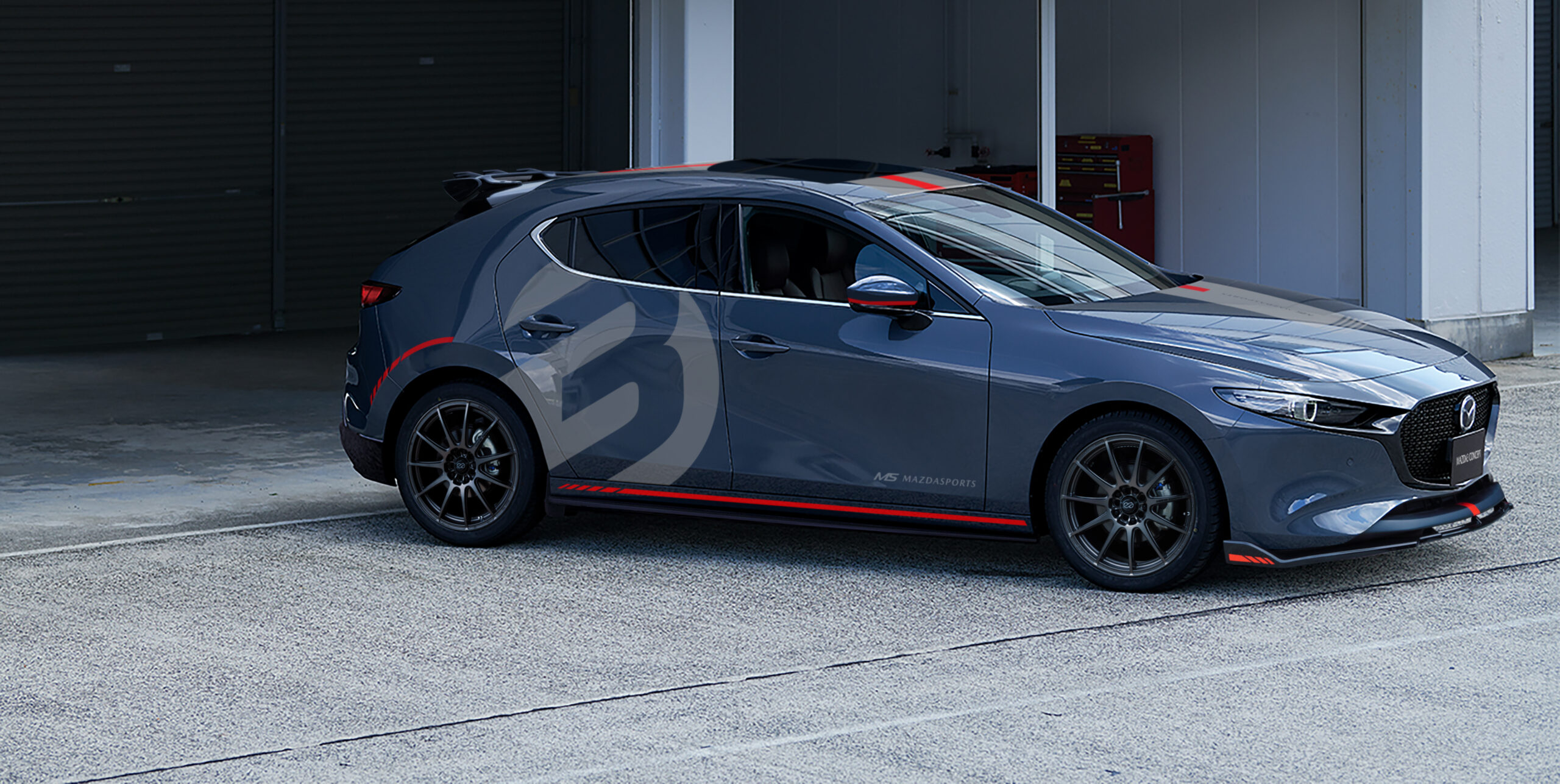In a time when the automotive industry increasingly leans into digital interfaces, Hyundai is taking a measured stance against the overuse of touchscreen technology in modern car interiors. While many automakers continue to integrate oversized screens in place of traditional tactile controls, Hyundai has signaled a renewed focus on driver ergonomics and safety.
The company has acknowledged growing consumer frustration over the excessive reliance on digital displays, noting that an over-dependence on touchscreens can lead to driver distraction and discomfort. According to Hyundai’s Senior Vice President of Design, Simon Loasby, the automaker intends to retain physical buttons for frequently used features to ensure safer and more intuitive control for drivers.
Loasby explained that future Hyundai interiors are being developed with an emphasis on minimising visual distraction. The priority, he said, is to keep drivers’ attention at eye level rather than on central displays. By preserving certain physical controls, Hyundai aims to leverage drivers’ muscle memory, enabling adjustments without diverting their gaze from the road.
The move comes amid increasing criticism of touchscreen-heavy designs, which many argue prioritise aesthetic minimalism and manufacturing efficiency over user experience and safety. Hyundai’s leadership appears to share these concerns. Luc Donckerwolke, the company’s Chief Creative Officer, stated that large displays often serve as a cost-saving measure, reducing the need for tooling and physical components. However, he acknowledged that consumers still appreciate and desire analog interactions.
Despite these sentiments, Hyundai’s recent unveiling of its Pleos software platform suggests a more complex reality. Preview images of upcoming Hyundai vehicles showed a dominant, Tesla-style infotainment screen positioned prominently in the dashboard. However, beneath the display, a row of placeholder physical buttons was visible, indicating that the company has not entirely abandoned tactile functionality.
These buttons are expected to be functional in production models beginning in the second quarter of 2026. Hyundai’s new infotainment system, powered by Android Automotive, will be gradually implemented across its lineup, with a target of reaching over 20 million vehicles globally by the end of the decade.
The automaker’s approach highlights a balancing act between innovation and practicality. While digital interfaces continue to evolve, Hyundai appears committed to preserving elements of traditional design that enhance user comfort and safety. The company’s direction suggests a potential shift within the industry—one that reconsiders the role of screens and reaffirms the importance of human-centered design in the modern vehicle cockpit.
As the conversation around driver distraction and in-car interface design intensifies, Hyundai’s stance may prompt other automakers to reevaluate the push toward full digital integration and consider a more balanced approach that blends the tactile with the technological.




